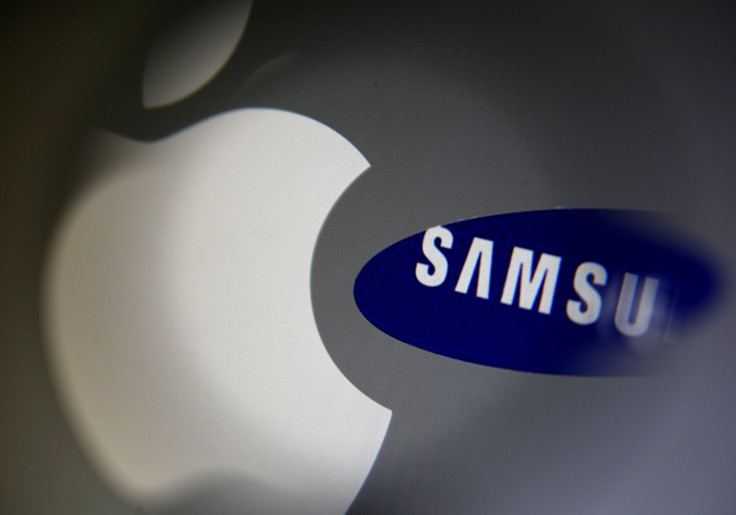Apple, Samsung Design Patent Dispute Goes To US Supreme Court

The United States Supreme Court has decided to hear the patent case between Samsung and Apple. On Monday the court announced that it had accepted Samsung’s petition to consider the case, following a 2012 district-court ruling that led the company to pay Apple $548 million in damages.
A decision in Samsung’s favor could mean the company would get back some of that money, and it might have a wide-ranging impact on how future patent disputes are resolved.
Apple sued Samsung in 2011, accusing the company of copying the look of the iPhone, which is protected by various patents covering areas of its design.
Samsung petitioned the court back in December 2015 to consider the case. The court has agreed, but will only consider one of the two questions presented. The question reads: “Where a design patent is applied to only a component of a product, should an award of infringer’s profits be limited to those profits attributable to the component?”
Samsung rejects the prior court ruling that the holder of a design patent is entitled to all the profits from a product that contains a design that infringes on the patent. The company says that this ruling does not take into account that the infringing part could have a tiny impact on sales of the product.
The decision to hear Samsung's case comes at a turbulent time for the Supreme Court. Following the unexpected death of conservative judge Antonin Scalia on Feb. 13, the court has had just eight judges serving. President Obama has nominated Merrick Garland as his successor, but Senate Republicans have said they will not confirm any nominees until after the November presidential election.
Samsung welcomed the court’s decision to hear the case in a statement to Recode. “The court’s review of this case can lead to a fair interpretation of patent law that will support creativity and reward innovation,” it said.
The court will not consider Samsung’s other question, about whether a district court should be required to limit a patent to explicitly protected areas.
© Copyright IBTimes 2025. All rights reserved.





















